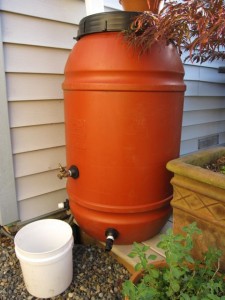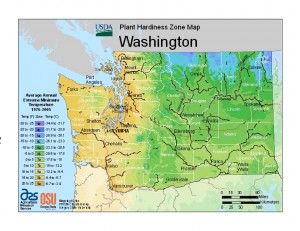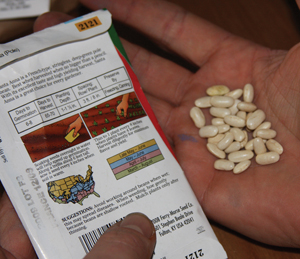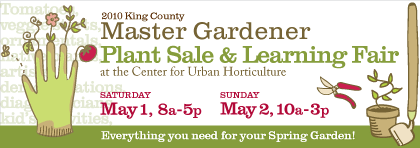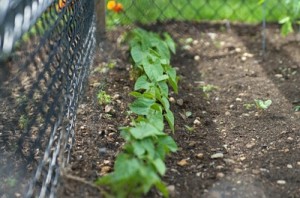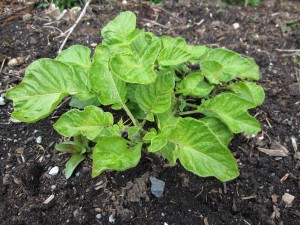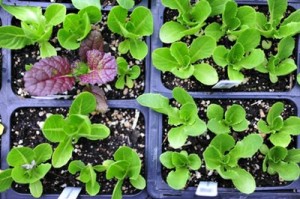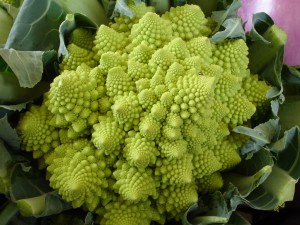Try planting edible perennials in your garden
March 20, 2013 @ 10:51 am
As you plan your edible garden this year, you may want to consider adding hardy and edible perennials (plants that live for more than two years) to your standard list of tomatoes, peas and lettuce. Perennial vegetables and fruits, such as asparagus, leeks, raspberries and herbs like rosemary, give you lots of bang for your buck, are productive over multiple years, and often don’t require much maintenance. Here are just three of our favorites:
Asparagus. It make take a few years before you can harvest the spears from asparagus, but once well-established, your plant can continue to produce for 15 to 20 years. How’s that for an investment? Many garden stores and catalogs such as Territorial Seed sell asparagus roots that will give you a one- or two-year head start over seeds. Plant the roots (or crowns) in well-drained soil, about 8-10 inches deep, in early spring, usually from April 15 to May 15. In fact, most seed catalogs and stores sell/ship the crowns in April, and you may have difficulty finding roots for sale after that time period.
Cardoon. Cardoons are lovely perennial plants that are part of the aster family and related to artichokes. Their striking gray-green foliage make them a great choice for low-maintenance landscaping beds; they enjoy full sun, require minimal water and can tolerate rocky, clay soil (perfect for the Northwest). Cardoons grow fairly tall, about 5 feet. They produce large, purple, thistle-like flowers. But unlike artichokes, which are prized for their edible flower buds, the thick stalks of the cardoon are the tasty part of this plant. You can harvest them in the fall by cutting the stalks at soil level. As Sunset magazine suggests, you can boil the stems, or sizzle them in butter and oil.
Rhubarb. This gorgeous perennial thrives in the Pacific Northwest with its beautiful red stalks and forest green leaves. The stems die at the end of the growing season but return in the spring. The stalks range in color from green to red. They’re great for pies, jams, cakes and sauces. The leaves are poisonous! In the spring, cut the plants blooms so it can focus its energy in the stalks and leaves.
Filed under Seattle Landscape Maintenance, Vegetable Gardening Permalink · No Comments »
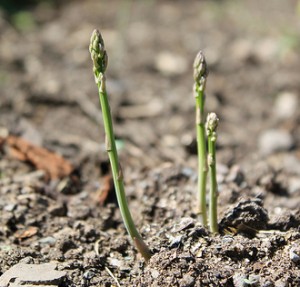
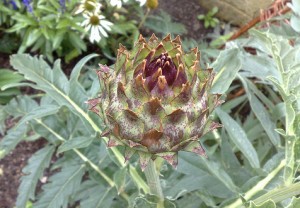
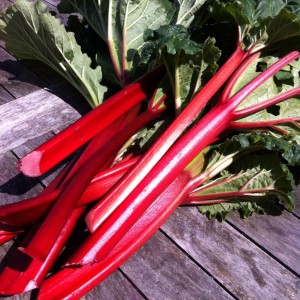
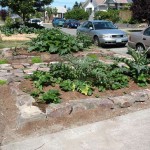 Fortunately, the city of Seattle has been encouraging residents to plant urban gardens for a number of years as the urban farm movement has taken hold. The mayor and others even
Fortunately, the city of Seattle has been encouraging residents to plant urban gardens for a number of years as the urban farm movement has taken hold. The mayor and others even 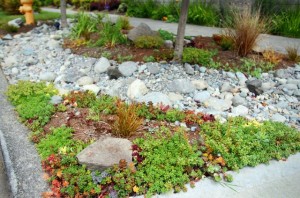
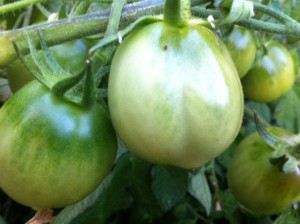
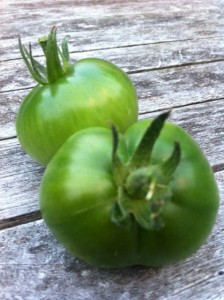 Here are some ways to get a better redder crop of tomatoes:
Here are some ways to get a better redder crop of tomatoes: